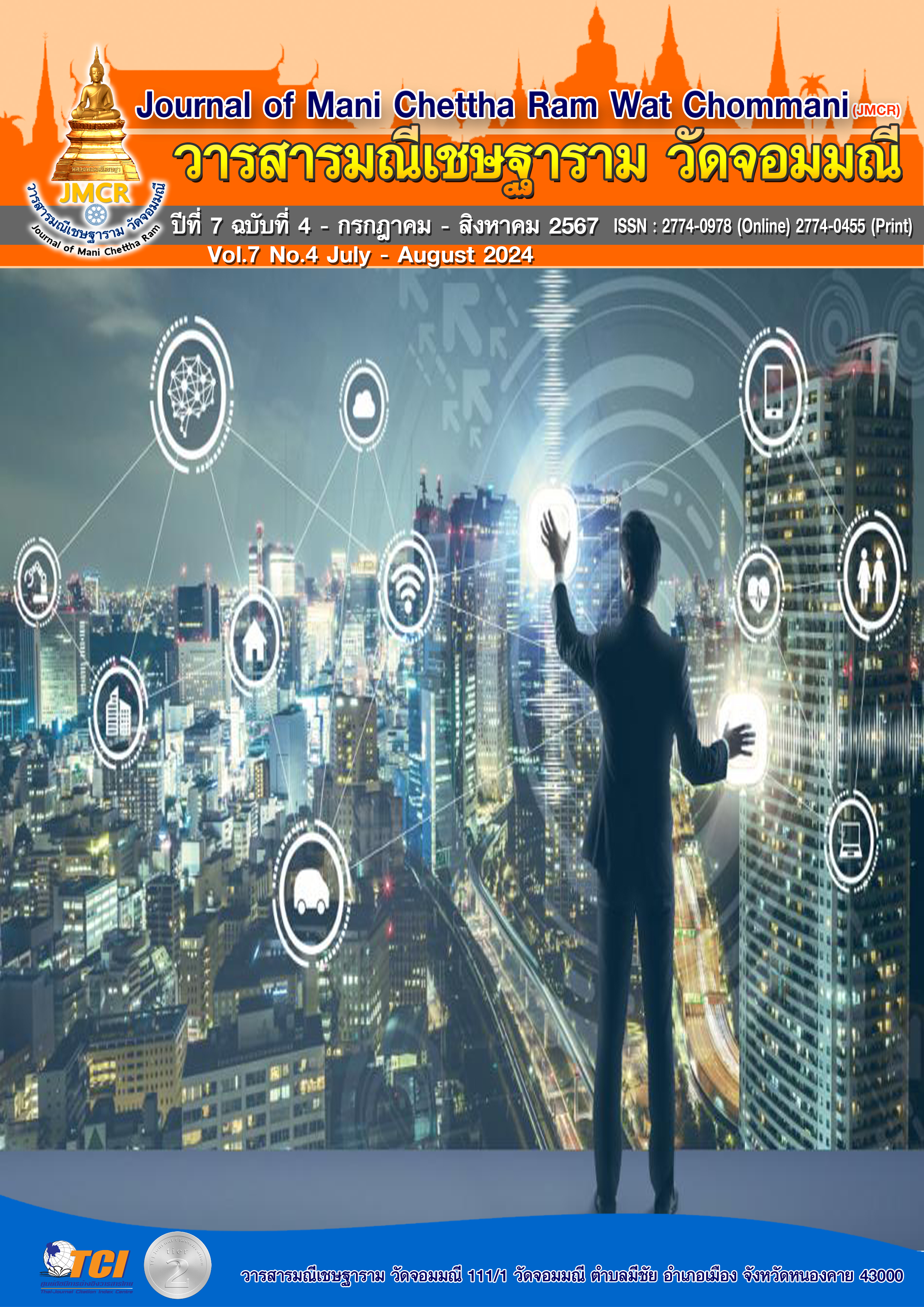THE DEVELOPMENT OF FLIPPED CLASSROOM LEARNING MANAGEMENT WITH THE SOCIAL MEDIA FOR STUDENT TEACHERS
Keywords:
Learning Management, Flipped Classroom, Social MediaAbstract
The purposes of this research were 1) to study the efficiency and effectiveness of the flipped classroom learning management with the social media for students teachers, and 2) to compare learning achievement of students who learned by the flipped classroom learning management with the social media. The study sample group, as defined by the random cluster sampling method, consisted of 29 first-year students in the Faculty of Education at Loei Rajabhat University. The research instruments were the quality assessment of the learning management plans, the assessment of quality on the flipped classroom learning management with the social media and the learning achievement test. The statistics that were employed for this study included mean, standard deviation, and t-test.
The findings revealed as follows: 1) the efficiency of the flipped classroom learning management with the social media was equal to 84.83/83.97 and the effectiveness was equal to 0.74, and 2) the learning achievements of students between before and after learning were significantly different at the .05 level.
References
กานต์ เชื้อวงศ์ และสุกัญญา ทองแห้ว. (2565). การเรียนการสอนแบบห้องเรียนกลับด้านในรายวิชาการผลิตรายการวิทยุโทรทัศน์เบื้องต้นของนักศึกษาสาขาวิชานิเทศศาสตร์ มหาวิทยาลัยราชภัฏเทพสตรี. วารสารการบริหารนิติบุคคลและนวัตกรรมท้องถิ่น, 8(6), 125-138.
ขวัญฤดี คำภาบุตร์ และอรัญ ซุยกระเดื่อง. (2566). การพัฒนากิจกรรมการเรียนรู้แบบห้องเรียนกลับด้านร่วมกับสื่อสังคมออนไลน์ เรื่องเศรษฐกิจพอเพียงกับการพัฒนาเศรษฐกิจของไทยของนักเรียนชั้นมัธยมศึกษาปีที่ 5. วารสารสังคมศาสตร์เพื่อการพัฒนาท้องถิ่น มหาวิทยาลัยราชภัฏมหาสารคาม, 7(4), 98-108.
มหาวิทยาลัยราชภัฏเลย. (2566). ระบบบริการการศึกษา มหาวิทยาลัยราชภัฏเลย. เรียกใช้เมื่อ 20 มิถุนายน 2567 จาก https://reg.lru.ac.th/registrar/class_info_2.asp
รุ่งอรุณ พรเจริญ และทรงสิริ วิชิรานนท์. (2563). การพัฒนาผลสัมฤทธิ์ทางการเรียน เรื่อง ศาสตร์พระราชาสู่การพัฒนาที่ยั่งยืนโดยใช้สื่อสังคมออนไลน์. วารสารอิเล็กทรอนิกส์การเรียนรู้ทางไกลเชิงนวัตกรรม, 10(2), 62-72.
วรรนิสา หนูช่วย และประกอบ กรณีกิจ. (2562). การพัฒนารูปแบบการเรียนโดยใช้โครงงานเป็นฐานด้วยสื่อสังคมออนไลน์เพื่อส่งเสริมการรู้สิ่งแวดล้อมของนักเรียนชั้นมัธยมศึกษาตอนปลาย. Veridian E-Journal, Silpakorn University สาขามนุษยศาสตร์ สังคมศาสตร์และศิลปะ, 12(1), 1456-1470.
วิจารณ์ พานิช. (2556). ครูเพื่อศิษย์สร้างห้องเรียนกลับทาง. กรุงเทพมหานคร : เอสอาร์พริ้นติ้งแมสโปรดักส์.
สำนักงานเลขาธิการสภาการศึกษา. (2560). แผนการศึกษาแห่งชาติ พ.ศ. 2560 – 2579. กรุงเทพมหานคร : บริษัท พริกหวานกราฟฟิค จำกัด.
อุรสา พรหมทา และสมชาย วงศา. (2561). ผลการจัดการเรียนการสอนโดยใช้รูปแบบห้องเรียนกลับด้านร่วมกับบทเรียนเครือข่ายสังคมออนไลน์ รายวิชาความเป็นครู. วารสารมหาวิทยาลัยนครพนม, 8(3), 34-42.
Bergmann, J., & Sams, A. (2012). Why flipped classrooms are here to stay. Education Week, 45(2), 17-41.
Muruganantham, G. (2015). Developing of E-content package by using ADDIE model. International Journal of Applied Research, 1(3), 52-54.
Zhang, Q., Cheung, E. S. T., & Cheung, C. S. T. (2021). The Impact of Flipped Classroom on College Students’ Academic Performance: A Meta-Analysis Based on 20 Experimental Studies. Science Insights Education Frontiers, 8(2), 1059-1080.


